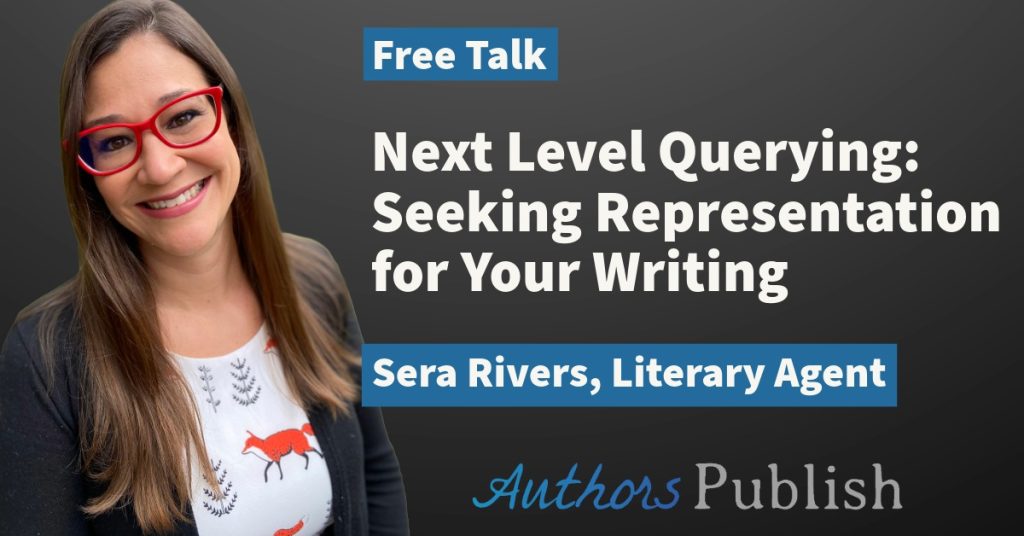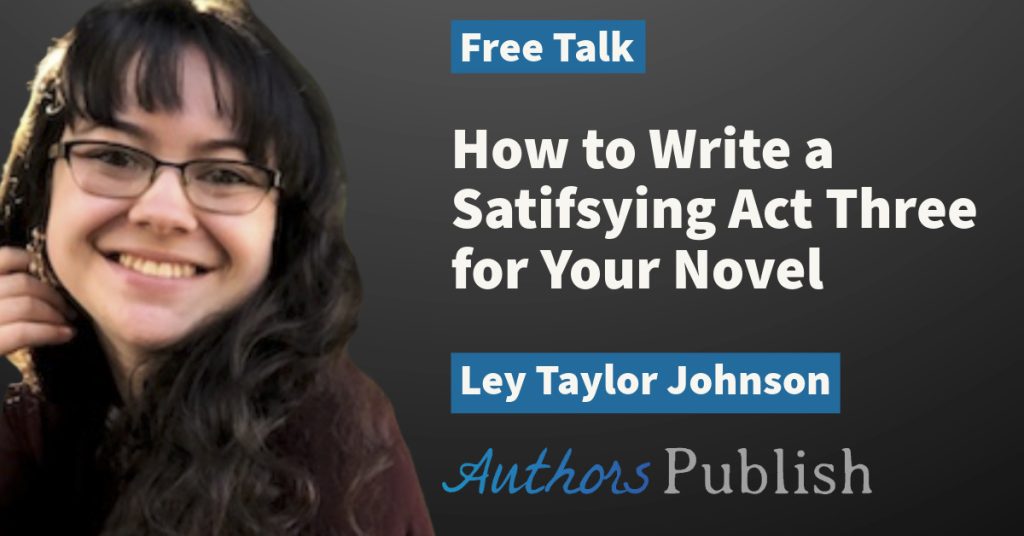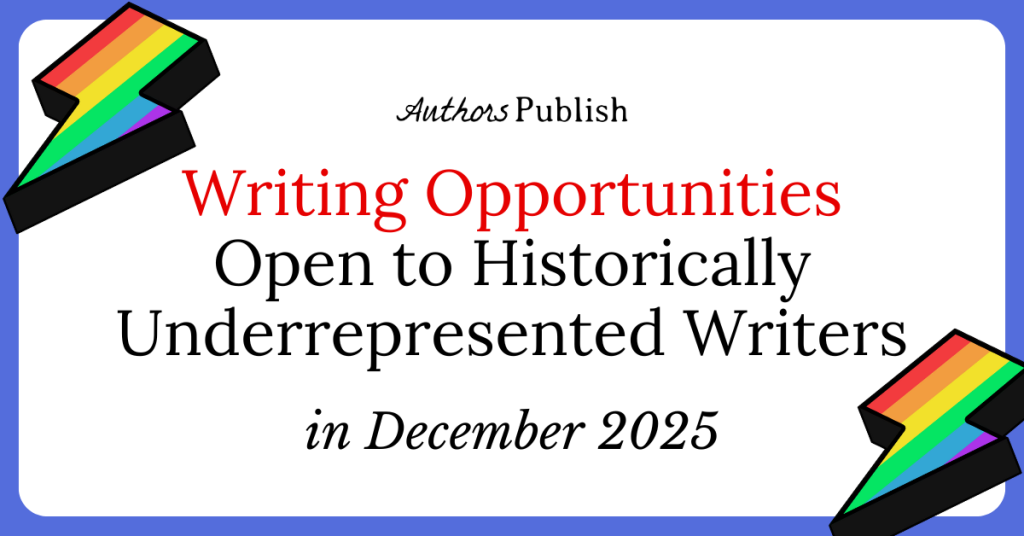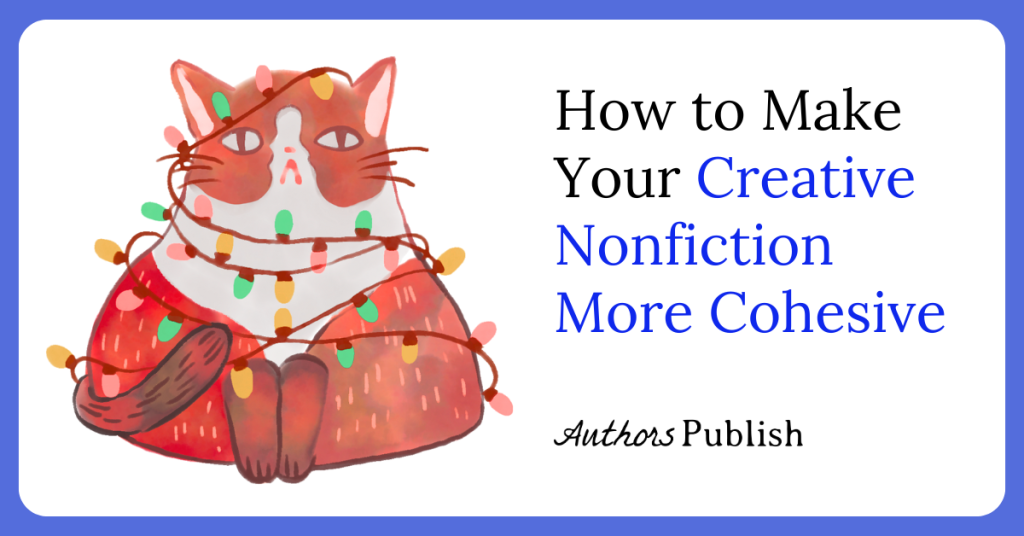By Holly Garcia
When I first started writing my poetry collection, it didn’t occur to me to publish it traditionally. From the moment I decided I was going put it out there, I wanted to do it myself. I’d seen countless people saying their experience with self-publishing was a breeze.
I’m a do-it-yourself baker, party planner, and gardener — surely do-it-your-self publishing was right up my alley. Oh, how wrong I was. It’s not impossible and can be very effective when done right, but make no mistake, there is much more to self-publishing than you may think.
I self-published my first poetry collection on February 16th and learned a lot throughout the process I’d like to share with you. In this article, I’ll share what worked well, what I would change, and what else you should consider before deciding if self-publishing is for you.
Formatting/Typesetting Your Manuscript
When I first started, I collected my poems in Microsoft Word (MS). With so many different versions of MS, I never knew if what I was using was as up-to-date as whatever the industry standard was. On top of that, there are many people (and platforms) who don’t use MS at all. Their preference is Google Docs or Pages (Apple).
The easiest solution to this, for me, was to create a free Reedsy (Book Editor) account. There are three built-in options: Front Matter, Body, and Back Matter.
The Front Matter sections include options for copyright, dedication, epigraph, table of contents, foreword, preface, and acknowledgment. Second, the Body allows you to separate your manuscript into parts and chapters. Finally, the Back Matter has space for your ‘About the Author’ blurb and a separate ‘Also By’ section.
What I liked best about using Reedsy, was seeing my words in print. Anytime you want to, you can export your book to a .epub, .mobi, or PDF file. I did that various times throughout the editing and formatting process to make sure my poems were formatted the way I intended.
It seems like a no-brainer, but I’m just going to put it out there. Before you embark on your self-publishing journey (or any publishing journey), have a completed manuscript. This is the very first misstep I took on this journey, which resulted in pushing what could have taken a couple of months to over half a year.
Designing Your Cover Art
My favorite part of self-publishing was complete and total creative freedom. I had an image in my mind of exactly how I wanted my cover to look.
Before I decided to publish with Kindle Direct Publishing (Amazon), I used Canva to design my book cover. To be clear, Kindle does offer an option to design a cover with their cover creator.
I chose a completely custom cover from scratch. Using Canva, you can choose your fonts, various shapes and details, and an image of your own, or stock images from Unsplash or Pexels.
While I love my cover as is, what I would have enjoyed even more would have been a smoother, more seamless transition, from eBook cover to physical book cover. Because I didn’t use Kindle’s cover creator, I had to format my cover to match their dimensions — which I may or may not still be working on.
Publishing Your eBook
When it comes to eBooks, what is the first retailer that comes to mind? For me, it’s Amazon’s Kindle.
There are many other free eBook publishers out there. The 5 most popular are Kindle Direct Publishing (KDP), Barnes & Noble Press, Smashwords, Apple iBooks, and Kobo Writing Life. Before publishing and distributing your title, read the fine print regarding pricing requirements and distributing via different retailers.
For example, through Kindle’s program, you have the option to enroll your title in KDP Select. What this means is your book will be free to anyone who has a Kindle Unlimited membership. You’re able to earn a higher royalty in some countries by enrolling in KDP Select, but you are committed to a 90-day time frame, and you agree to exclusively list your book with Amazon during this time.
Takeaways
This is a high-level overview focusing on three essential decisions you need to make when self-publishing. Here are a few questions you should ask yourself before making a decision:
- Are you a do-it-yourself person?
- Is your manuscript completed and polished?
- How do you plan to format your book?
- Where will you create your cover?
- What retailer will you list it with to sell?
Another part we didn’t talk about when it comes to self-publishing is marketing. Marketing as a self-published author is a whole other challenge in itself.
Marketing is something I’m currently working through, and truthfully, it makes the technical side of your self-publishing journey look like a breeze. For now, I’ll leave you with this — self-publishing isn’t for everyone, but when it is done right, it can be a great experience.
Bio: Holly Garcia is a poet, aspiring novelist, and the author of a self-published poetry collection, All The Ways I Loved You, available now on Amazon. Her words can be found on Authors Publish, The Breakdown UK, and upcoming in InSPIre The Mind. Keep in touch here.






